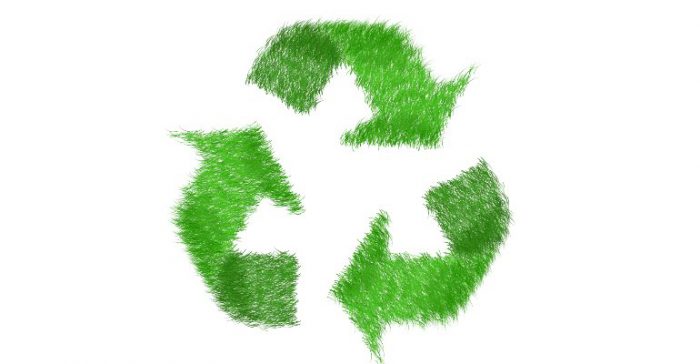Syracuse Microgrid Forecasts Positive Return Leveraging Waste-to-Energy
Microgrid Knowledge, April 11, 2017
The Syracuse microgrid, one of 11 NY Prize Stage 2 winners, is forecasting a strong financial return using waste-to-energy generation that eases pressure on local landfills.
Led by the Central NY Regional Planning and Development Board (CNYRPDB), the project is the only Stage 2 winner to rely on waste-to-energy conversion as its primary distributed generation asset.
The community microgrid would reduce the amount of waste streaming into area landfills 90 percent if built as designed, according to feasibility study filed with the New York State Energy Research and Development Authority(NYSERDA), which is leading the $40 million NY Prize microgrid incentive program.
That’s in addition to enhancing the efficiency, security, reliability and resilience of utility grid and distributed electricity services for more than 600 National Grid commercial customers and approximately 1,700 residential homes.
“While most of the NY Prize projects include major critical facilities (e.g., police and fire stations, hospitals, etc.), the Syracuse microgrid also includes a larger number of smaller residential and commercial customers,” said John Saintcross, assistant director, NY Prize, NYSERDA. “Similar proposed NY Prize microgrid projects are in Rockville Centre and Freeport on Long Island.”
Costs and returns for the Syracuse microgrid
The Syracuse microgrid project team pegs initial design and planning costs at approximately $840,000. In terms of financial returns, they calculate the present value of the project’s capital costs at an estimated $6.18 million.
That would include the costs associated with installing a new 2-MW combined heat and power system and absorption chiller at the SUNY Upstate University Hospital-Community Campus (UUHCC), utility interconnection, upgrades to a distribution circuit at National Grid’s Rock Cut substation, and other system software and controls.
The present value of the variable costs of operating and maintaining the community microgrid are estimated at approximately $3.35 million, or $17/MWh. In addition, the project’s internal rate of return (IRR) comes in at 222 percent and its projected benefit-to cost-ratio at 2.6,,which essentially means the community microgrid is expected to return $2.6 for every $1 in costs.
